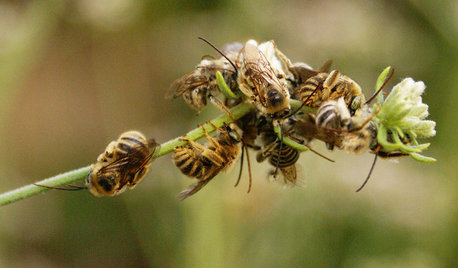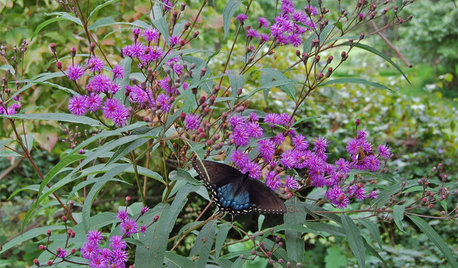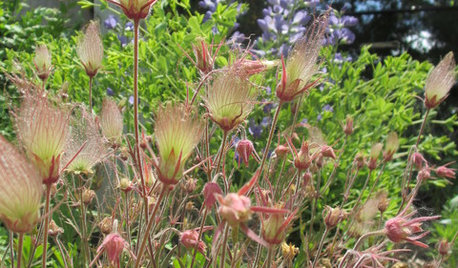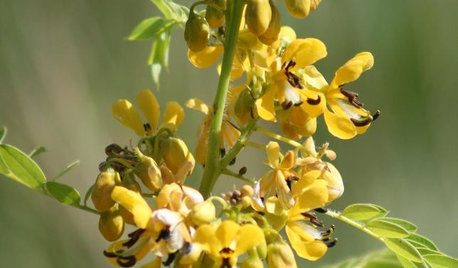Planting seeds
mulberryknob
11 years ago
Related Stories

CONTAINER GARDENS8 Easy Container Plants to Grow From Seed
Get beautiful blooms and herbs in summer by starting these choice garden picks from seed in spring
Full Story
GARDENING GUIDESHow to Plant a New Lawn From Seed
Choose from more grass varieties and save money over sod by starting your lawn from seed
Full Story
GARDENING GUIDESSeeds or Seedlings? How to Get Your Garden Started
Growing delicious herbs and vegetables starts with knowing your goals and when you want to plant
Full Story
GARDENING GUIDESGreat Design Plant: Black-Eyed Susan
Plant seeds this fall for rich swaths of golden blooms in the garden come summer
Full Story
HOUZZ TVHouzz TV: How to Make and Plant a Veggie Box
See how to start edibles from seed, then transfer the seedlings to a box on stilts to make harvesting more fun
Full Story
GARDENING GUIDESGreat Design Plant: California Buckwheat Pleases Pollinators
Beneficial insects go wild for this drought-tolerant plant’s summer flowers, while seed heads feed critters foraging in the cold
Full Story
GARDENING GUIDESGreat Design Plant: Vernonia Noveboracensis
Stately New York ironweed attracts pollinators with its blooms at the end of summer and birds with its seeds in fall
Full Story
GARDENING GUIDESGreat Design Plant: Geum Triflorum
Nodding red blooms, glittery effervescent seed heads and a tough-as-nails constitution make prairie smoke a winning ground cover
Full Story
GARDENING FOR BUTTERFLIESGreat Design Plant: Senna Hebecarpa Puts on a Magical Show
Furry white tongues that develop into seeds? That's just one of this bee-bringing summer perennial's many talents
Full Story



helenh
mulberryknobOriginal Author
Related Discussions
Why do the seed companies recommend planting seeds in cold weathe
Q
wanted: cps seeds or plants to trade for desert plant seeds
Q
Seeds for sprouts same as plant seeds?
Q
Plant seed now, add tpp soil in spring and seed again?
Q
Pamchesbay
Okiedawn OK Zone 7
Pamchesbay
Okiedawn OK Zone 7
Pamchesbay
Okiedawn OK Zone 7
mulberryknobOriginal Author
Okiedawn OK Zone 7
Pamchesbay
Okiedawn OK Zone 7
Pamchesbay
redbirdroad
mulberryknobOriginal Author
susanlynne48
Pamchesbay
susanlynne48
mulberryknobOriginal Author
Pamchesbay
slowpoke_gardener
mulberryknobOriginal Author
Okiedawn OK Zone 7
susanlynne48